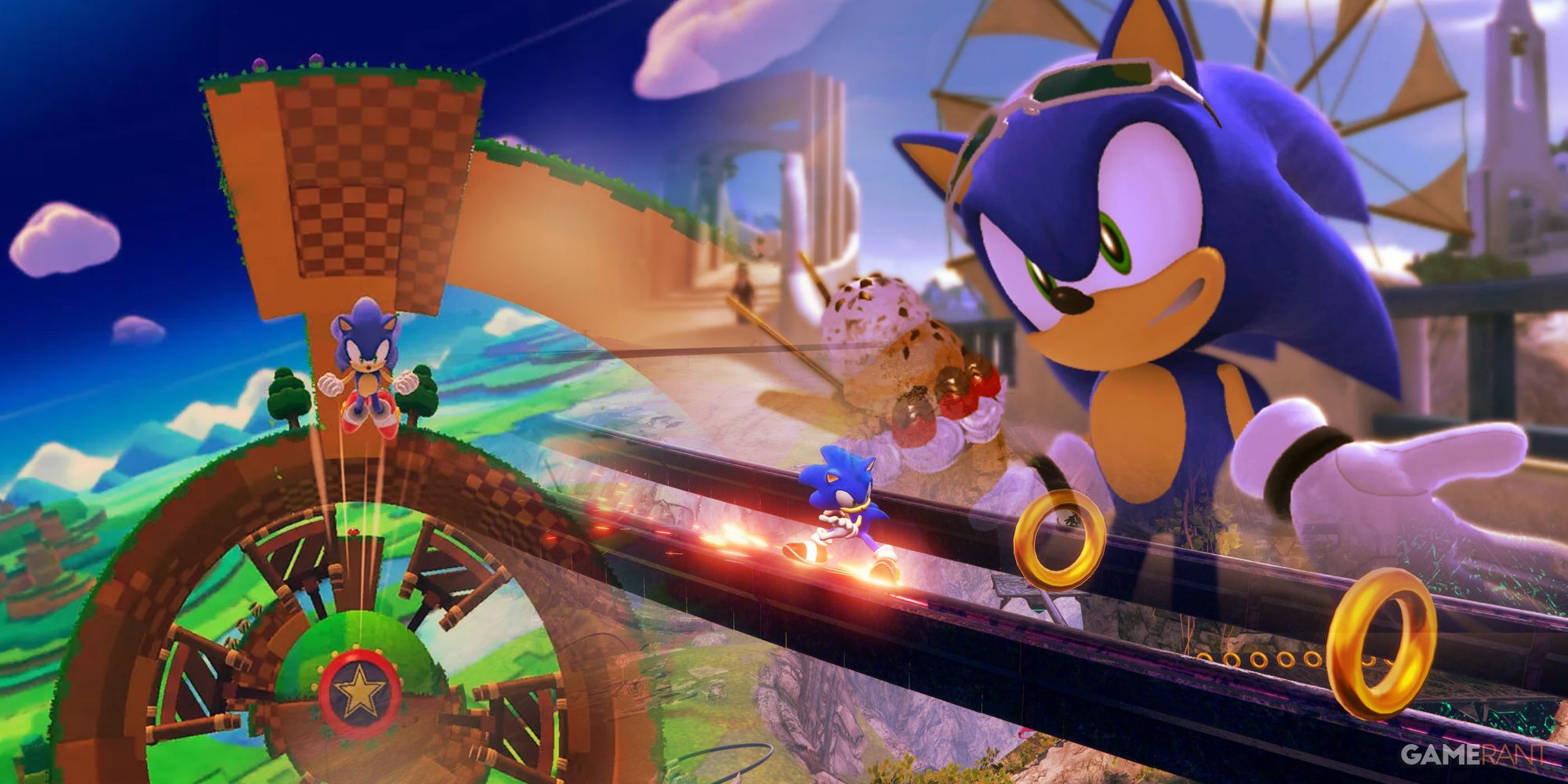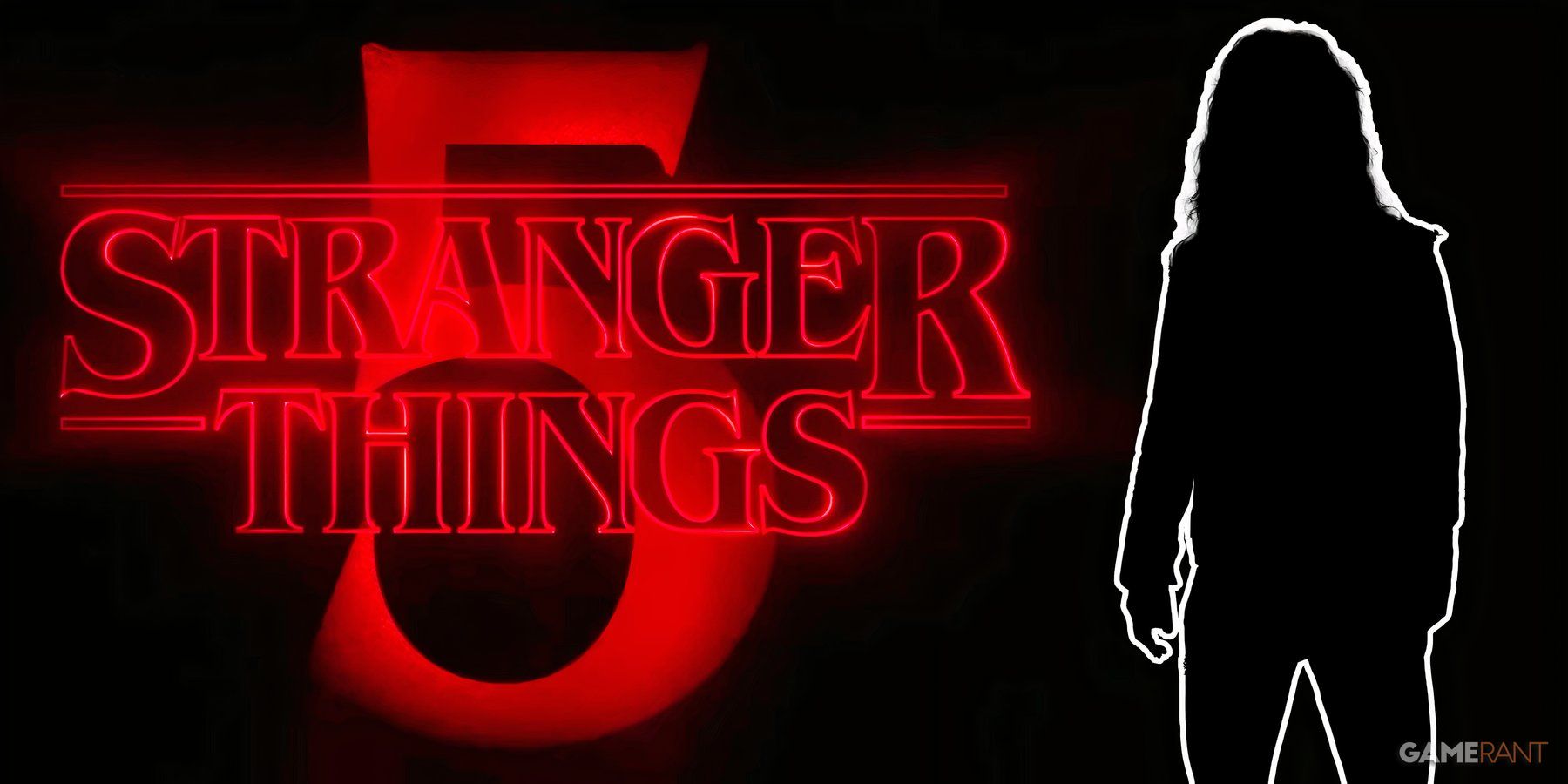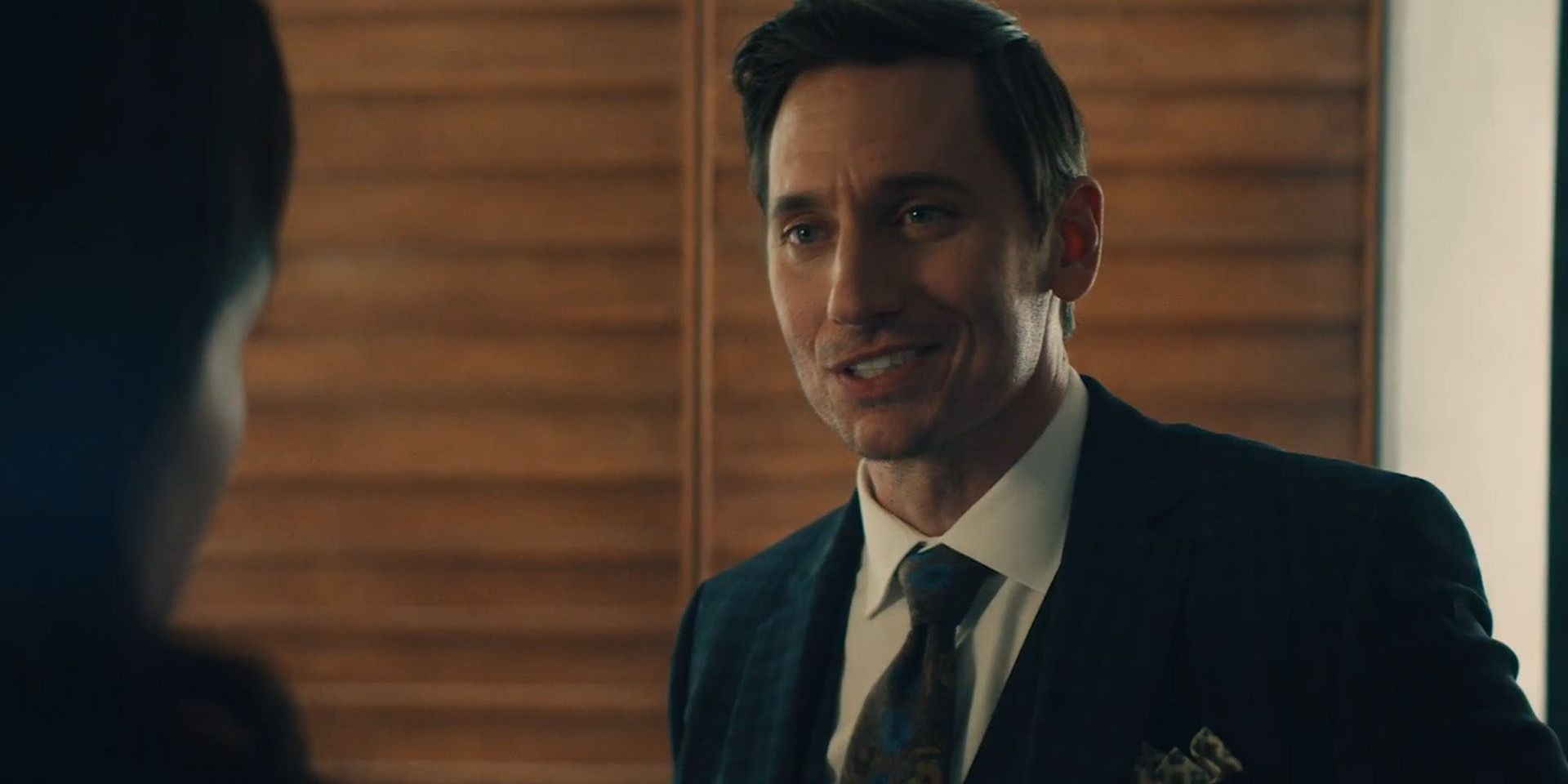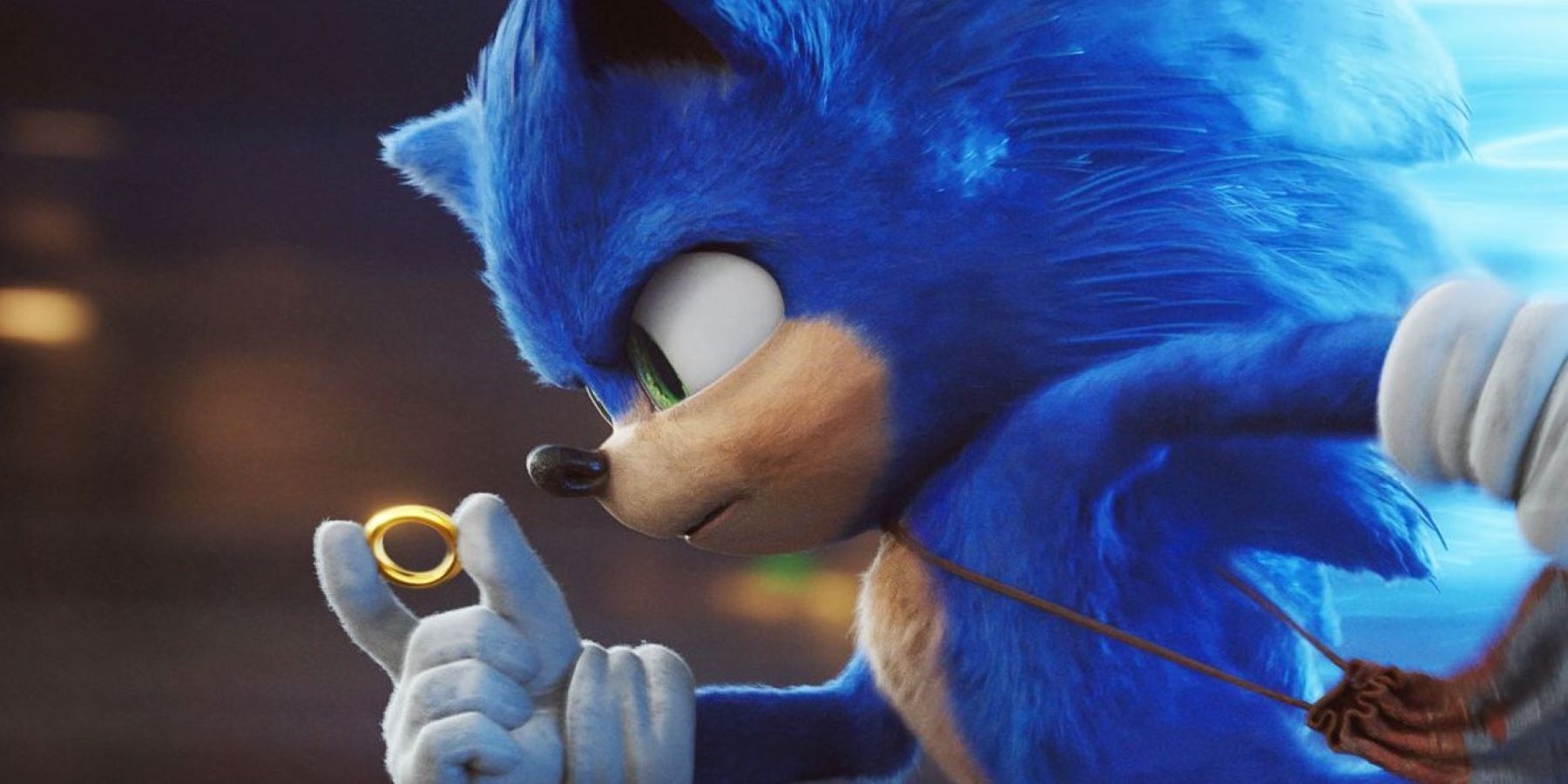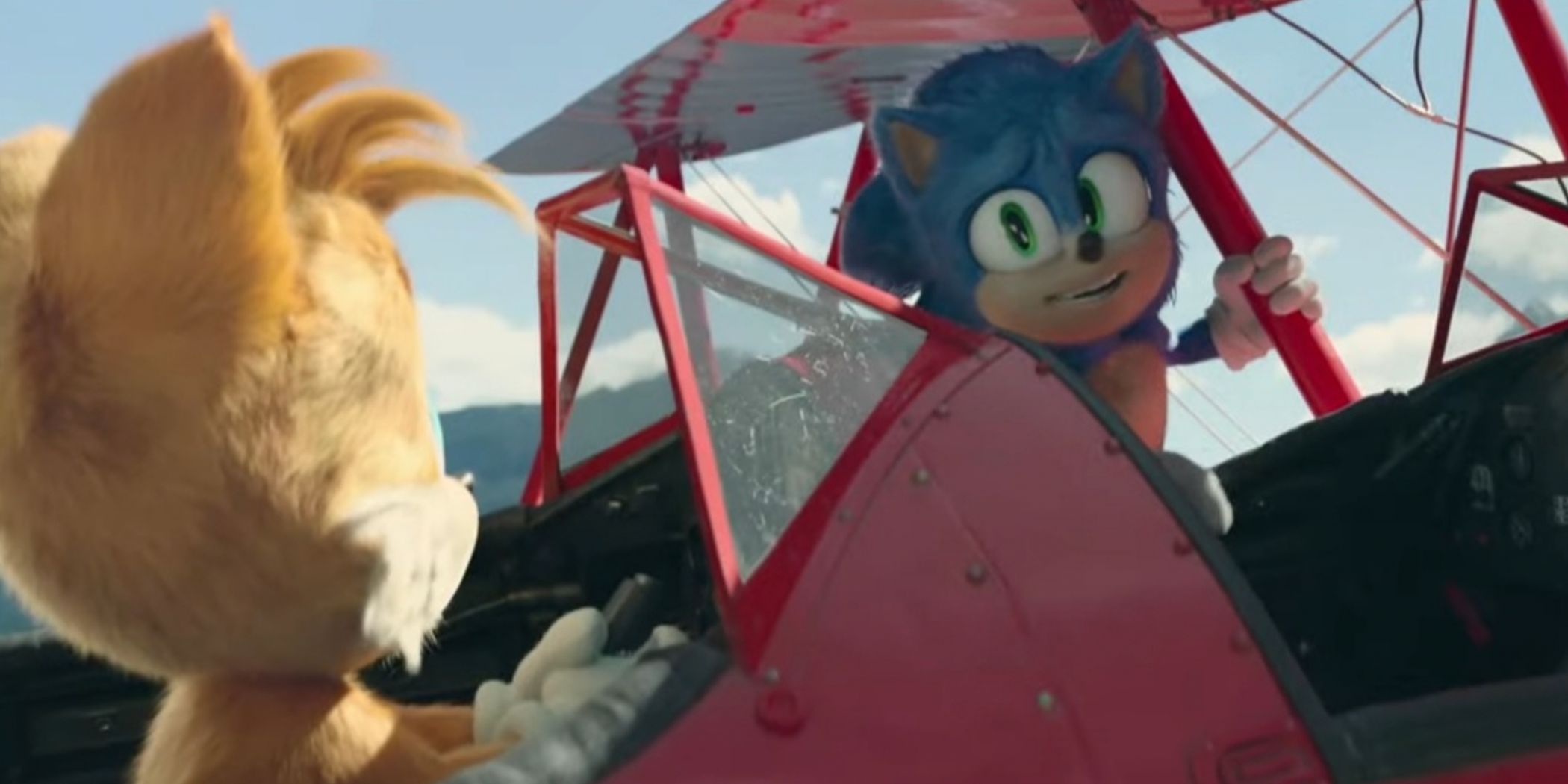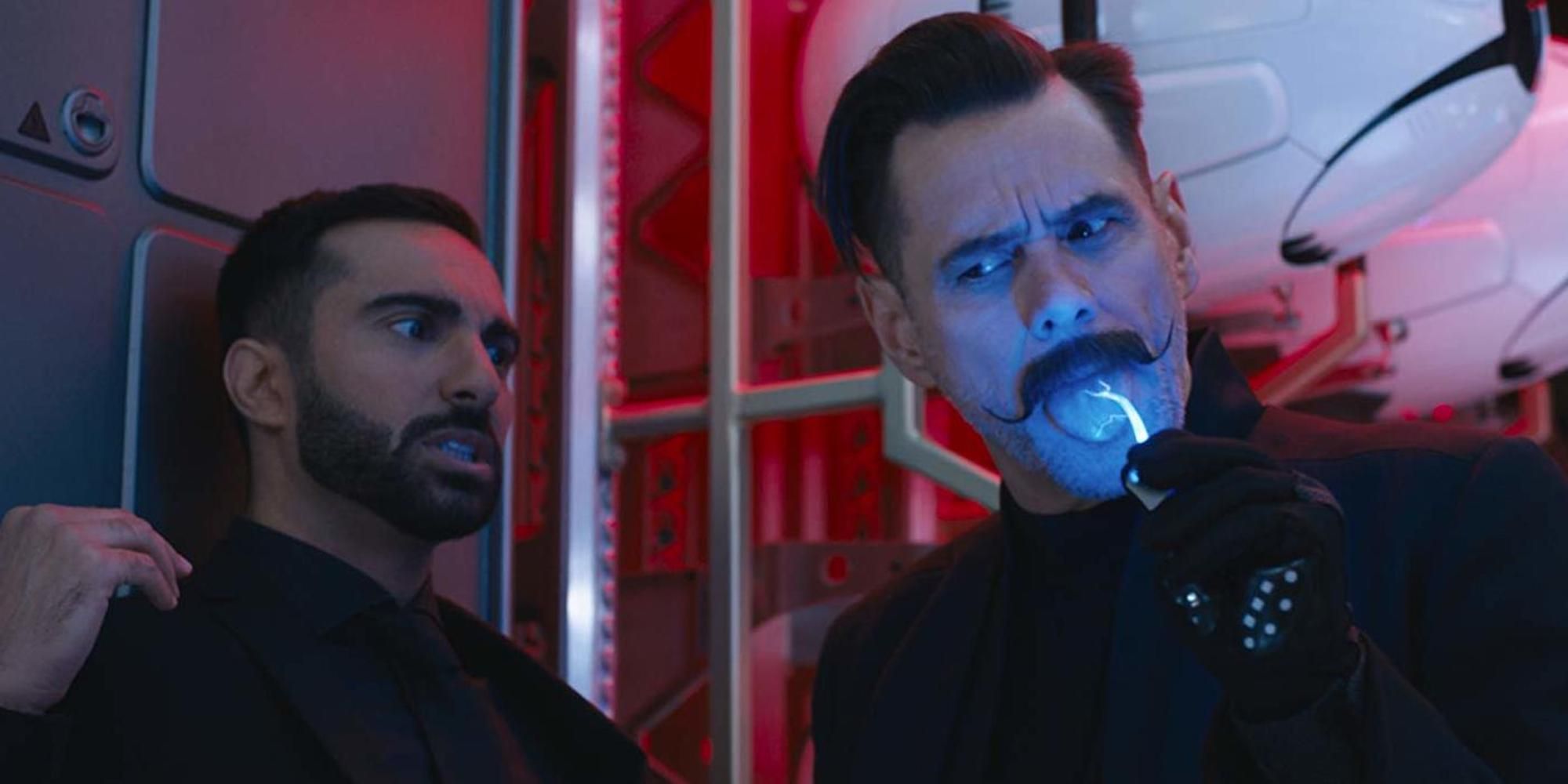There may be no video game franchise more controversial than the ongoing adventures of the blue hedgehog known for running very fast. Sonic fans are amongst the most hardcore devotees in the modern media ecosystem, crossing over into every other fanbase and putting their stamp on every art media one could imagine.
The early Sonic the Hedgehog games were hallmarks of the 90s and are generally held in higher regard than the Blue Blur's modern output to this day. Those games had several interesting hallmarks in their gameplay, but they also featured unique storytelling efforts. Limited to background details and informational guides in the game boxes, Sega had to tell its story in unusual ways.
The three Sega Genesis entries in the Sonic the Hedgehog franchise set the tone for its 31-year-history. Sonic does battle with the evil Dr. Robotnik, running through intricate stages and smashing whatever machinery gets in his way. Fans of the early games will recall that every destroyed robot reveals an animal that once presumably animated its various gears and systems. Dr. Eggman's general quest to take over the world is punctuated by the much more direct evil of enslaving adorable woodland creatures to act as low-cost batteries. Eggman is the only human being depicted in those early games, so he easily stands in for mankind as a force. For his part, Sonic is referred to in a variety of in-game and otherwise official sources as a "freedom fighter." It's not exactly An Inconvenient Truth, but the central plot of Sonic the Hedgehog and its first few sequels concerns the battle between natural beauty and the evil consumption of greed.
This family-friendly environmental messaging was almost comically common in 90s kids' media. "Nature good, evil corporations bad" as a central message was not only de rigueur at the time and genre, it was a prefabricated template one could slot any story into. The billboard-ready example would still be Barbara Pyle and Ted Turner's seminal 1990 animated series Captain Planet and the Planeteers. Released only a year before Sonic the Hedgehog and still in syndication to this day, the series saw an environmentalist superhero doing battle with corporate monsters and rampant polluters.
The show, just like the Sonic franchise, depicted those who would ruin the planet as evil without interrogating why they'd choose to do it, namely the myopic pursuit of profit. The commentary on display is basic enough to reach out to children. The modern incarnation of the franchise has moved past those themes, but does the first feature film adaptation keep any aspect of them?
The Sonic the Hedgehog movie takes place on Earth, which typically does not play background to the events of the franchise. This means Eggman isn't the only person in the narrative. His malfeasance is an outlier amongst the otherwise decent human cast. The environmental messaging of the games is not particularly present in the film's universe. The hole left behind by its absence, however, isn't simply left empty. Instead, the allegorical villain of the Sonic movie franchise is state power as represented by the police and the military.
Those who have trouble recalling the first act of the first film may not remember what brought Dr. Robotnik into the conflict, namely the US government. The mad scientist works in an unknown capacity with American military operators and name-checks several bizarre events he's participated in. He was evidently instrumental in the development of drone warfare for the US. Beyond that, he was involved in the suppression of a coup in Pakistan and an uprising in the fictional nation of "Azerbaijanistan", both of which were so top-secret, that high-ranking military officials were unaware of them. Eggman betrays the US government and becomes their enemy, but his actions as a scientist increasing the lethal capabilities of the American military infrastructure is where he mastered his techniques. If his claims are to be believed, he even trained with I.C.E. and their mythic Shadow Wolves program.
Eggman is or was a government agent who participated in secretive and likely nightmarish applications of military force domestically and overseas. His new machines have been noted for their less colorful designs, more reminiscent of modern drones. The second movie introduces G.U.N., a military unit formed with the express purpose of capturing Sonic. They aren't the villain in act three, but they do insert an intelligence agent into a fake marriage with an innocent woman and threaten the wedding party with incarceration to get their hands on that hedgehog. There's a lot less going on in the metaphorical portrayal of Sonic's enemies this time around, but, at least on an aesthetic level, the villains of the Sonic film franchise are the military-industrial apparatus.
Sonic the Hedgehog is a very strange series in every major aspect. The messaging of the new film may not reveal much about the franchise, but it might herald a new default message for children's films. Maybe the new default kids' villain is a cartoon caricature of Henry Kissinger, rather than the previous era's Ted Turner.

